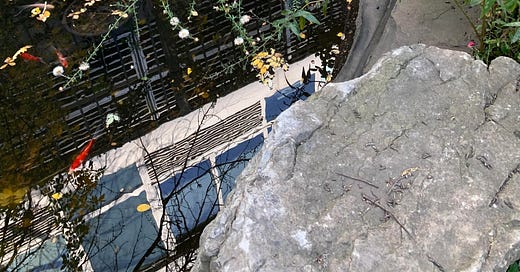I walk by 679 Lafayette Avenue in Brooklyn whenever I’m on my way to my friend Everdeen’s house (which is to say, I walk by it often). There’s a grand Southern magnolia draping over the street, and if you’re headed to the park or scrolling Instagram at the bus stop, you might not ever have notic…
Keep reading with a 7-day free trial
Subscribe to A Woman to Know to keep reading this post and get 7 days of free access to the full post archives.





